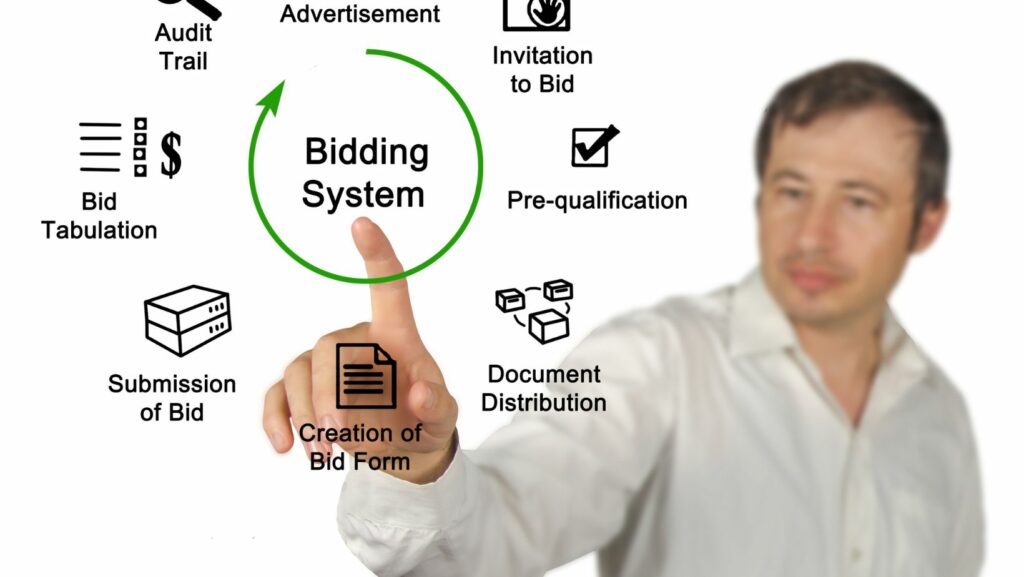Navigating the complex world of digital marketing can often feel like trying to solve a puzzle with ever-shifting pieces. One crucial piece in this puzzle is automated bidding, a powerful tool that leverages machine learning to optimize bids in real-time. This technology promises to transform how marketers manage their ad spend, but what specific goals can it help achieve?
Automated bidding isn’t just about easing the workload; it’s about enhancing performance. By analyzing vast amounts of data, it helps advertisers target more effectively, reduce costs, and maximize return on investment. Whether you’re looking to increase conversions, boost traffic, or enhance visibility, automated bidding offers a tailored approach that aligns with diverse marketing objectives.
Understanding how to harness the potential of automated bidding can significantly impact the success of your campaigns. Let’s delve into which goals automated bidding can help you achieve and why it might be the game-changer your strategy needs.
Which of The Following Goals Can You Achieve for Your Marketing Campaign by Using Automated Bidding?
 Automated bidding harnesses machine learning to optimize campaigns and achieve specific objectives. It plays a crucial role in enhancing the performance and efficiency of digital marketing efforts.
Automated bidding harnesses machine learning to optimize campaigns and achieve specific objectives. It plays a crucial role in enhancing the performance and efficiency of digital marketing efforts.
Automated bidding refers to the use of AI algorithms designed to adjust bids on digital ads in real-time. This approach allows marketers to allocate budgets more effectively, ensuring they are bidding competitively without manual intervention. Automated systems analyze vast amounts of data—such as time of day, user location, and device type—to set bids that align with the campaign’s goals.
How Does Automated Bidding Work?
 The process behind automated bidding involves several steps:
The process behind automated bidding involves several steps:
- Setting Goals: Marketers must define clear objectives, such as increasing site visits or boosting conversion rates.
- Data Analysis: The automated system collects and analyzes data from past performance and competitive metrics.
- Real-Time Adjustments: Using predictive algorithms, the system modifies bids in real time to maximize the potential for meeting the defined goals.
- Continuous Learning: As the campaign progresses, the system learns from its adjustments to further optimize future bidding strategies.
By employing automated bidding, marketers can achieve goals such as higher conversion rates, increased traffic, cost efficiency, and more effective target audience engagement.
Goals Achievable Through Automated Bidding
Automated bidding harnesses AI technology to meet specific marketing goals effectively and efficiently. This capability transforms how campaigns reach their targets.
Increase Conversion Rates
Automated bidding optimizes for conversions, adapting to data patterns that predict higher conversion activities. By continuously refining bid amounts based on the likelihood of conversion, businesses see an uplift in conversion rates. For example, if previous data indicates that certain times of day yield better conversions, the system automatically allocates more budget during those peak times.
Maximize Clicks
 To enhance campaign visibility and drive website traffic, automated bidding strategies focus on maximizing click-through rates. The system adjusts bids in real-time to compete more aggressively for ad placements likely to result in clicks. This approach ensures that the advertising spend is utilized where it has the highest potential to attract user engagement.
To enhance campaign visibility and drive website traffic, automated bidding strategies focus on maximizing click-through rates. The system adjusts bids in real-time to compete more aggressively for ad placements likely to result in clicks. This approach ensures that the advertising spend is utilized where it has the highest potential to attract user engagement.
Target Return on Ad Spend (ROAS)
Focusing on ROAS, automated bidding systems adjust bids to achieve the best possible return for every dollar spent. If the system identifies a set of keywords or a demographic segment that generates higher returns, it will prioritize and allocate more budget to these areas. This strategy not only preserves budgets but also amplifies financial returns by smartly leveraging data insights.
Comparing Automated Bidding Strategies
Automated bidding stands as a transformative force in digital marketing, enabling marketers to surpass traditional limitations and embrace efficiency and precision in their campaigns. By leveraging the power of AI, this approach not only simplifies the management of ad bids but also substantially enhances the outcomes of marketing efforts. With its capability to adjust bids in real-time based on comprehensive data analysis, automated bidding ensures that each dollar spent is optimized for maximum impact. Whether it’s driving higher conversion rates, increasing traffic, or improving engagement with targeted audiences, automated bidding provides a robust foundation for achieving diverse marketing objectives effectively. Ultimately this innovative bidding strategy empowers businesses to achieve their financial goals while maintaining control over their advertising spend.



